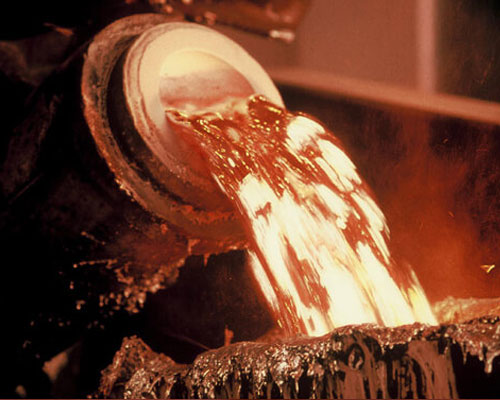Casting is the pre-process of hot rolling, and the quality of the billet directly affects the quality of the final product. Most aluminum processing enterprises purchase remelted aluminum ingots from electrolytic aluminum plants, and obtain hot-rolled billets through the processes of aluminum ingot remelting, melt refining, and ingot casting. This process causes high processing costs of billets and directly affects the economic benefits of enterprises. Therefore, the development and improvement of the direct slab casting process of electrolytic aluminum liquid has high economic and social benefits. Direct casting of billets with electrolytic aluminum liquid can greatly reduce the metal burning loss during the remelting process, save energy, save investment, reduce process procedures, reduce the consumption of auxiliary materials, and shorten the product’s market entry cycle.
Obtaining high-quality ingots with advanced technology and the lowest cost is the goal that the development of fusion casting technology has been pursuing. After years of development, a relatively complete melt purification process and casting process have been formed, and hot-rolled or cold-rolled billets of various series of aluminum alloys with low cost and good performance can be obtained.

Melt purification is a key technology to ensure the metallurgical quality of aluminum alloy materials. The aluminum casting process is smelting → standing → online Al-Ti-B refinement → online degassing → foam ceramic sheet filtration → casting.
The alloy melt flows into the online degassing system through the launder. Under the effect of hydrogen partial pressure, the hydrogen in the aluminum alloy melt enters the bubbles ejected by the rotating rotor. As the bubbles rise, they float out of the melt to achieve the purpose of hydrogen removal. After being degassed, the aluminum alloy melt enters the two-stage ceramic foam filter device for filtering and slag removal. The filtered melt flows into the continuously rotating casting wheel. The cavity is a closed space composed of the steel belt and the casting wheel, which is continuously crystallized into ingots under the action of cooling water. After being straightened by a straightener, it enters the continuous rolling equipment to be rolled into rod material after induction heating.

